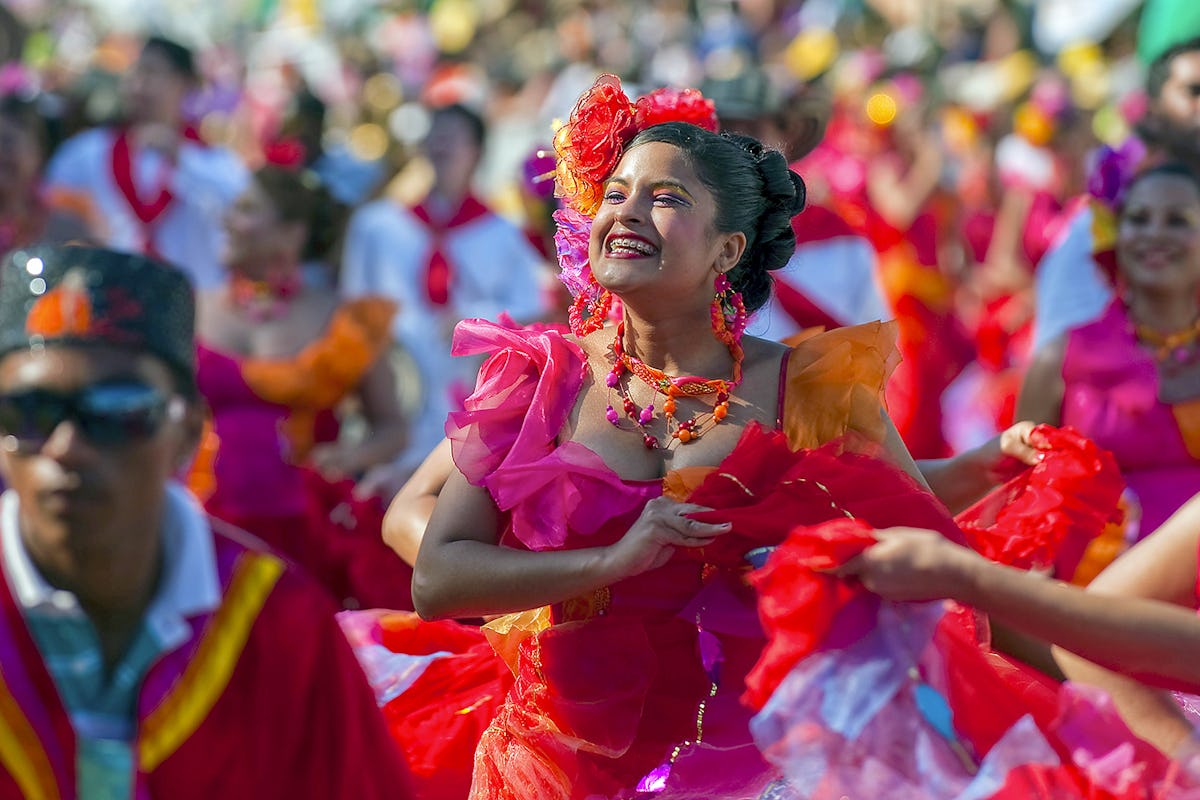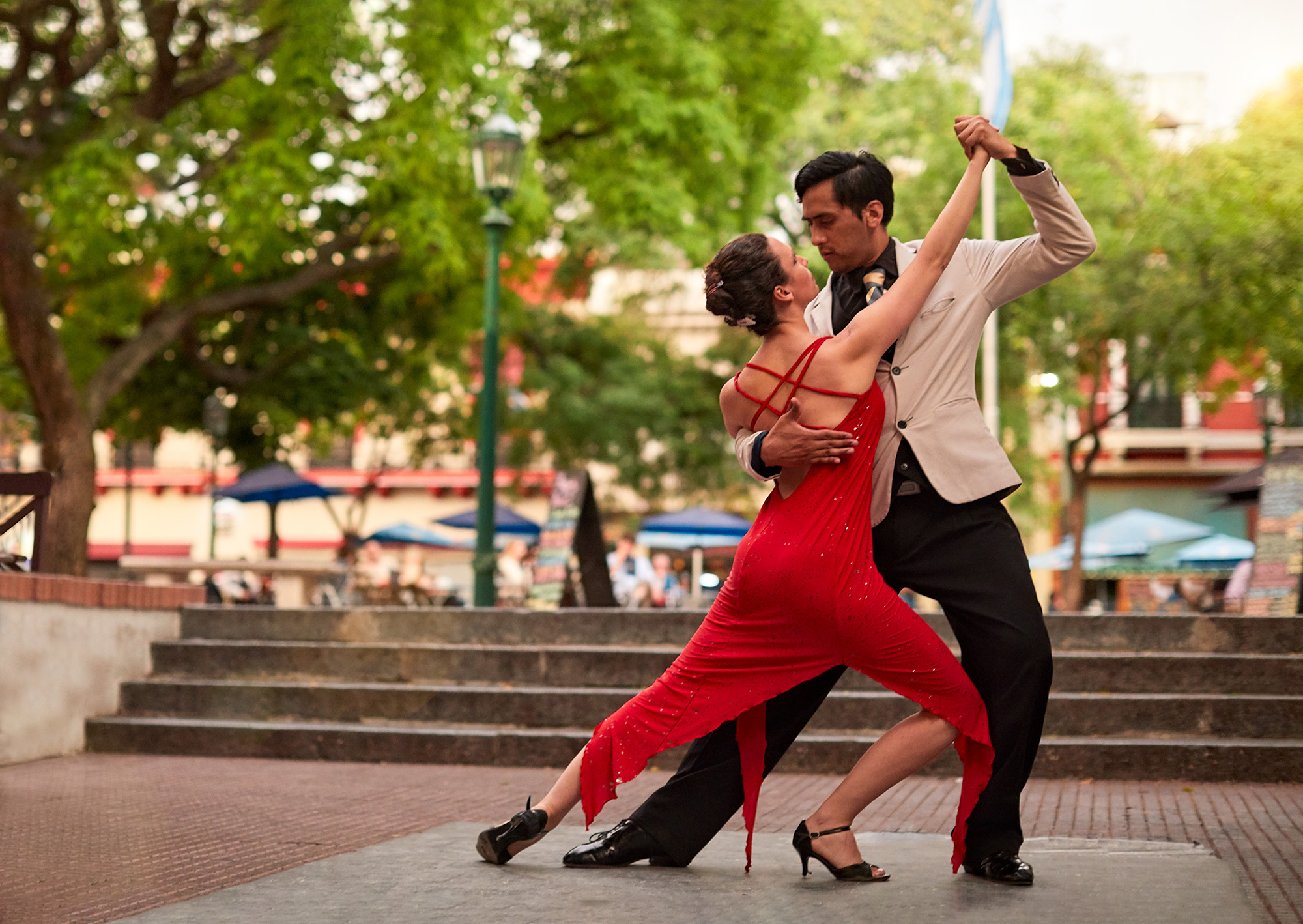Facts About Dance San Francisco Uncovered
Wiki Article
Examine This Report on Dance San Francisco
Table of ContentsThe Basic Principles Of Dance San Francisco 5 Easy Facts About Dance San Francisco ExplainedFacts About Dance San Francisco UncoveredThe Only Guide for Dance San Francisco
The term "salsa" was coined by Johnny Pacheco in the 1960s in New York, as an umbrella term for Cuban dancing music being played in the city at the time. Salsa as a dance emerged right after, being a mix of mambo (which was prominent in New york city in the 1950s) along with Latin dances such as Kid and Rumba As American dances such as swing and faucet.Salsa stays popular around the world with enthnographic study into salsa having been done as much as Benin, and Ghana. Salsa is a partnered dance where the lead takes the follower via a series of rotates and turn patterns to music.
The standard Salsa dancing rhythm is composed of taking three steps for every 4 beats of music. Salsa professional dancers can additionally break apart to dance solo, known as "shines". The two primary designs of salsa are straight and circular.
Below, professional dancers circle around each other, reminiscent of East Coastline Swing. Incorporating other dancing styling techniques into salsa dance has actually come to be really typical for both guys and ladies: foot work, arm work, body movement, rotates, body seclusions, shoulder shimmies, rolls, even hand styling, acrobatics, and lifts.
Some Known Questions About Dance San Francisco.
Salsa dancing is a worldwide dancing that can be discovered in a lot of city cities on the planet. Events are held every year, usually called a Salsa Congress, in numerous host cities intended to attract a variety of salsa dancers from various other cities and nations. The events bring dancers together to share their interest for the dance, develop community, and share moves and pointers.International Salsa Congress, 2004 at Bangalore Video showing salsa dancing principles For many years, various styles of salsa dancing have actually evolved around the globe. Much of them are compatible with each other, but others are different adequate to make dance between dancers of various designs challenging. Salsa has lots of resemblances with various other companion dances, the styles and abilities discovered in salsa can be related to another Latin dance like Bachata. Integrating other dancing styling methods into salsa dancing has actually additionally come to be go to website common, with professional dancers of one design including designs and movements of others to create brand-new fusions of dance designs.
It is a straight type of salsa, where professional dancers dance in a slot, similar to LA style salsa - bay area salsa dancing. Unlike other styles of salsa, nonetheless, New York design is danced on the second beat of the music (" on 2"), and the follower, not the leader, actions forward on the very first action of the songs
Among one of the most influential numbers in New York design salsa is Eddie Torres. https://dancesf5.wixsite.com/my-site-1/post/shake-it-up-hot-bachata-nights-sf-with-dance-san-francisco (called "the Mambo King"), that is attributed with helping to formalize the on 2 salsa timing (based upon mambo) and assisting to promote it by instructing it in dance workshops in New York and with very early educational tapes
Examine This Report about Dance San Francisco
LA style salsa is danced in a line or "port" with professional dancers trading settings throughout the dance, unlike Cuban salsa which is danced in a much more circular fashion.In this pattern, the leader progressions on 1, steps to the precisely 2-3 while transforming 90 levels counter-clockwise (encountering to the left), leaving the slot open. The follower then tips straight onward on 5-6 and turns on 78, while the leader makes one more 90 levels counter-clockwise and a little ahead, coming back right into the slot.
The "Vazquez Brothers" (Luis Vazquez, Francisco Vazquez, and Johnny Vazquez) are attributed for the early advancement and growth of LA Design. Luiz Vazquez was the co-founder of Los Angeles's first salsa dance group, Salsa Brava. The Vazquez Brothers attracted influence from phase dancings such as tap dance and helped create LA style's reputation for flashy actions and acrobatics.

Dance San Francisco Things To Know Before You Get This
The name Online casino is obtained from the Spanish term for the casino, "Gambling enterprises Deportivos" where much social dance was done among the better-off, white Cubans during the mid-20th century and forward (bay area salsa dancing). Historically, Casino traces its origin as a companion dancing from Cuban Child, Cha Cha Cha, Danzn and Guaracha
Report this wiki page